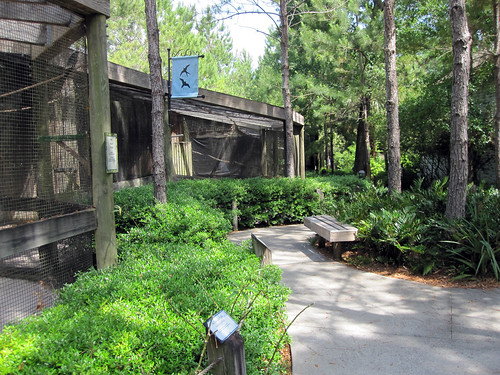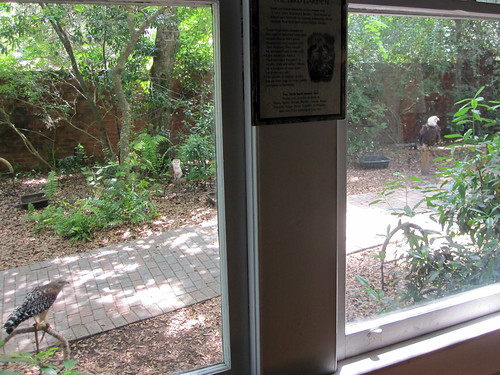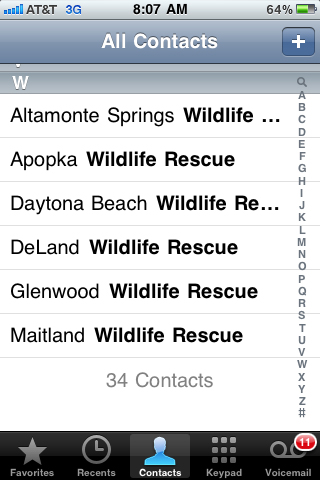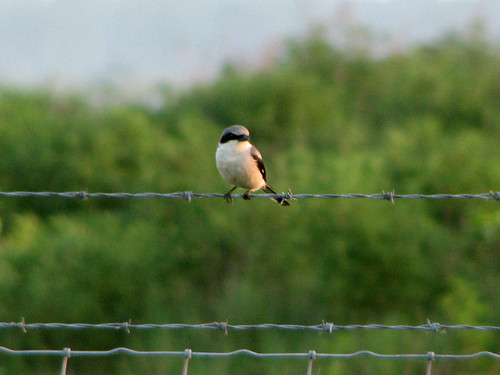Back in April, Arthur and I visited the Audubon Center for Birds of Prey in Maitland, Florida. The center is part of Audubon of Florida and treats up to 700 injured raptors each year. In addition to rehabilitating birds of prey, the center has non-releasable education birds in their permanent care. The center is open to visitors six days a week.
We took a self-guided tour of the facility, which houses several permanent residents in lovely mews set on nicely groomed grounds.

Raptor mews set on lovely grounds
A volunteer was cleaning a mew belonging to several Red-tailed Hawks. Other mews housed multiple birds of the same species, including Osprey, Great Horned Owl, Barn Owl and others.

A volunteer cleans a mew
Other resident birds were enjoying their time in the “Bird Garden”, visible from the main building. Here we see Picasso the Red-shouldered Hawk in the lower left side of the picture; the Barn Owl in the center is Daisy I believe; the Bald Eagle on the far right is named Francis if I am reading my key correctly.

A view of the “Bird Garden”
From a different vantage point we watched this Bald Eagle enjoying an after-tub sunbath.

A Bald Eagle dries off after a bath
Other, smaller permanent residents were on display inside the enclosed porch of the main building. Here we see (counter-clockwise from bottom right) American Kestrels Olivia and Newton, Merlin Sable, and Eastern Screech Owl Buz peeking out from his box.

Small birds of prey
A young Red-tailed Hawk was sitting in another part of the grounds. Look at the first red tail feathers coming in, replacing the striped juvenile feathers. The young bird also has a light eye (visible to top right of bird’s body) that will become darker as it ages.

Red tail feathers coming in
Birds in rehab are never on public display, but visitors can get an idea of the behind-the-scenes work from the patient list board.

Clinic patients
As we toured the grounds, we spoke with one of the volunteers, Sheena. She was kind enough to bring out a couple of birds for us to see up close. First we got to meet Merlin, a male Barred Owl. He was noticeably smaller than my beloved Meepy, but no less beautiful. Merlin is an imprinted bird who is also missing an eye (that’s a very sad story I may share another time).

Merlin the Barred Owl
Next we got to meet Picasso, a Red-shouldered Hawk. Having never seen a Red-shouldered so close, I was fascinated. He was smaller than I would have guessed (typical that the size is surprising!) and simply gorgeous. Picasso has a permanent wing injury and is also unfortunately missing an eye (I caught his “good side” in this picture).

Picasso the Red-shouldered Hawk
We enjoyed our visit to this lovely facility and thank all of the volunteers and especially Sheena for such a warm welcome. I have a feeling this was not our last visit to the Audubon Center for BOP in Maitland…








































